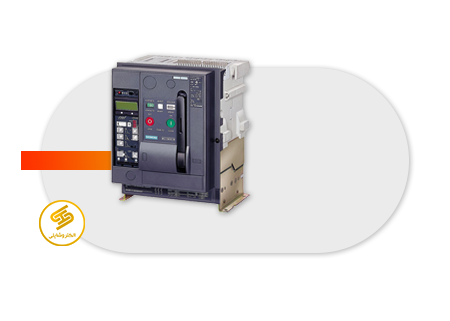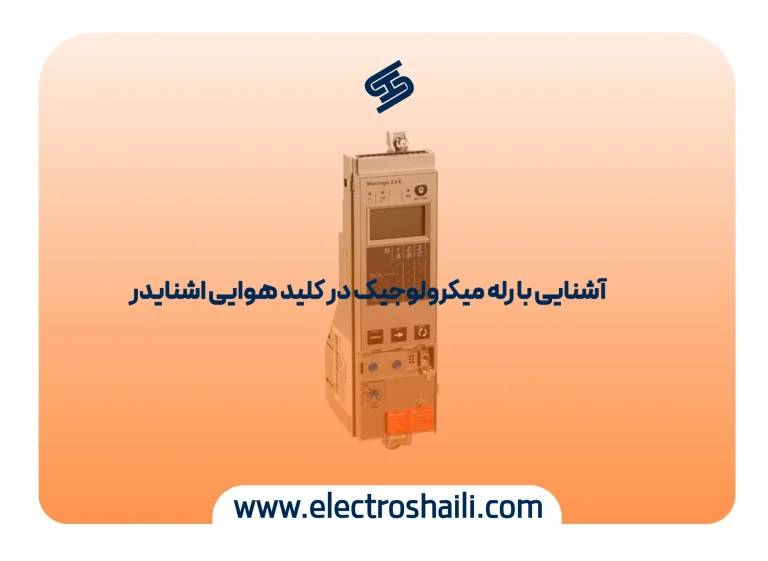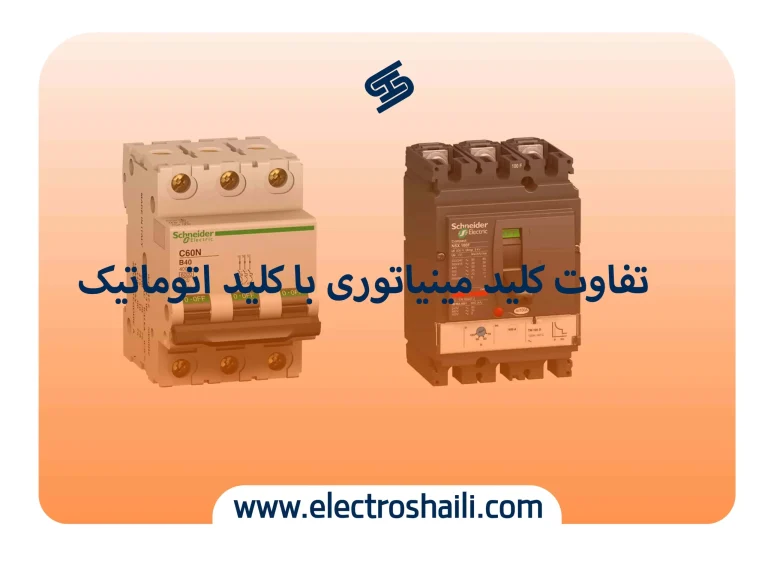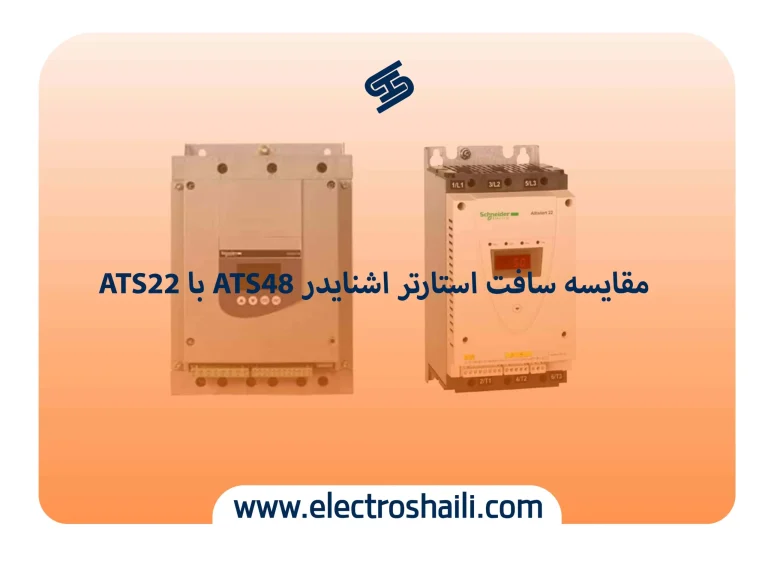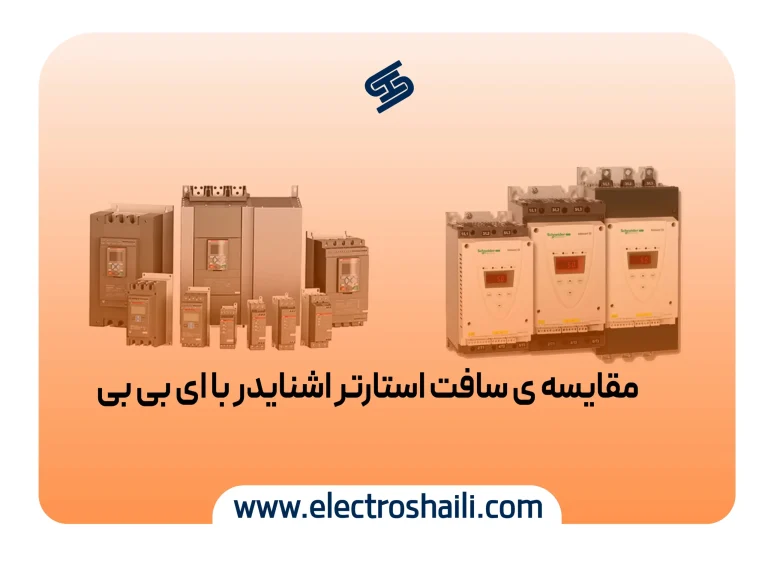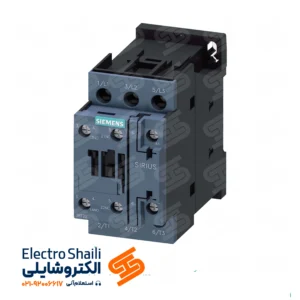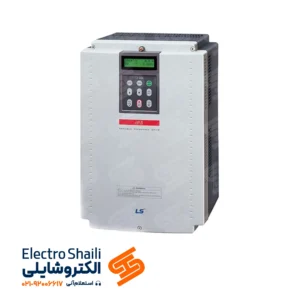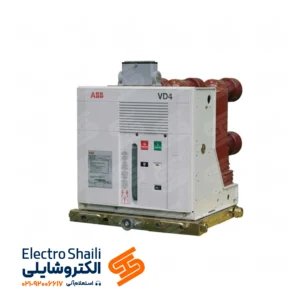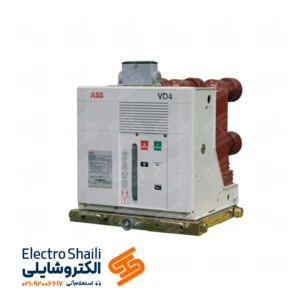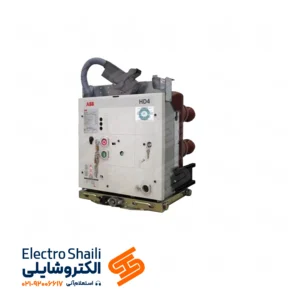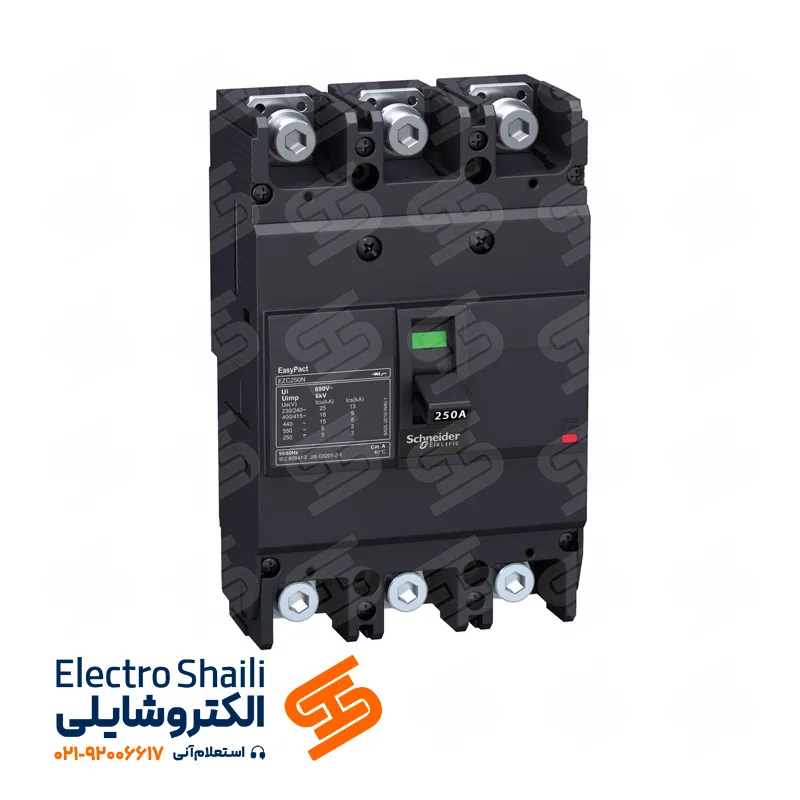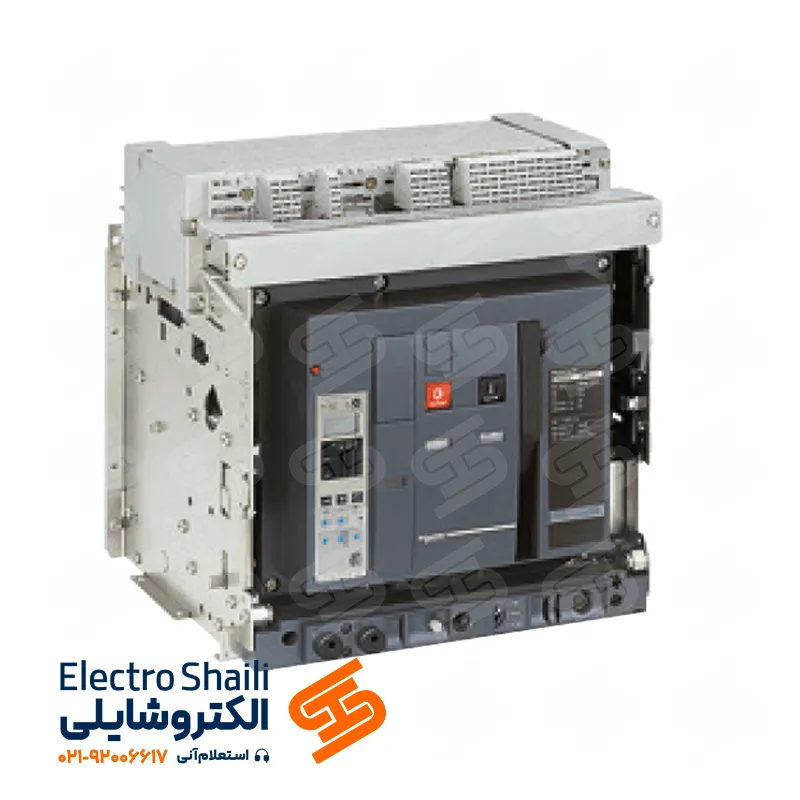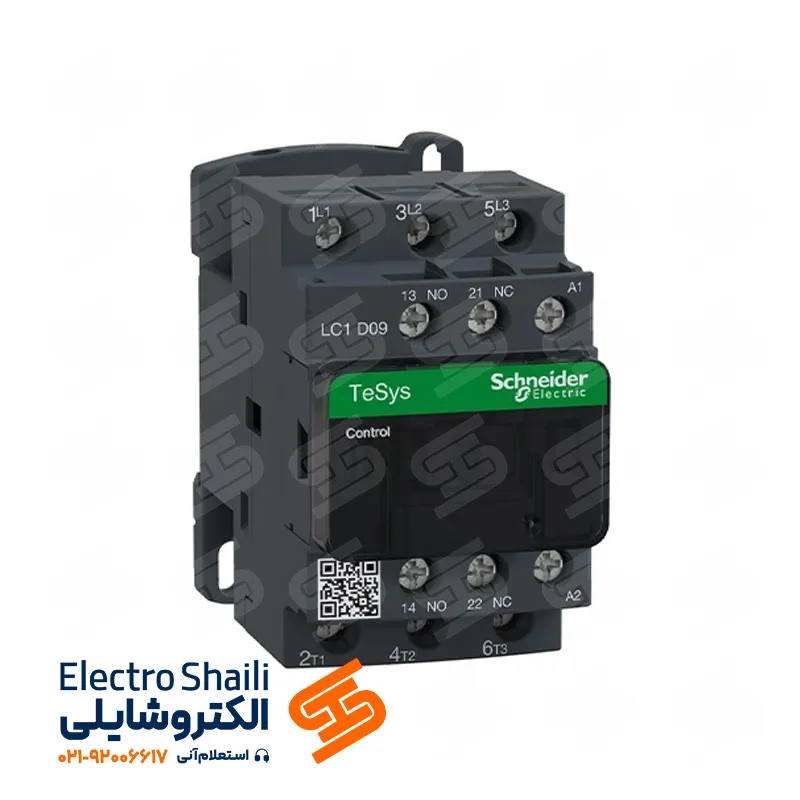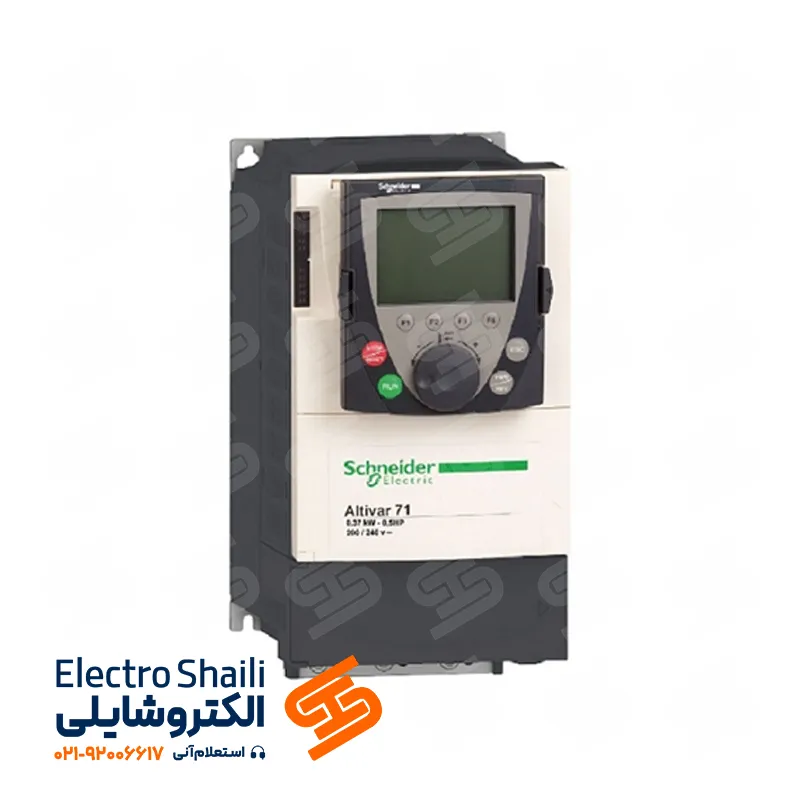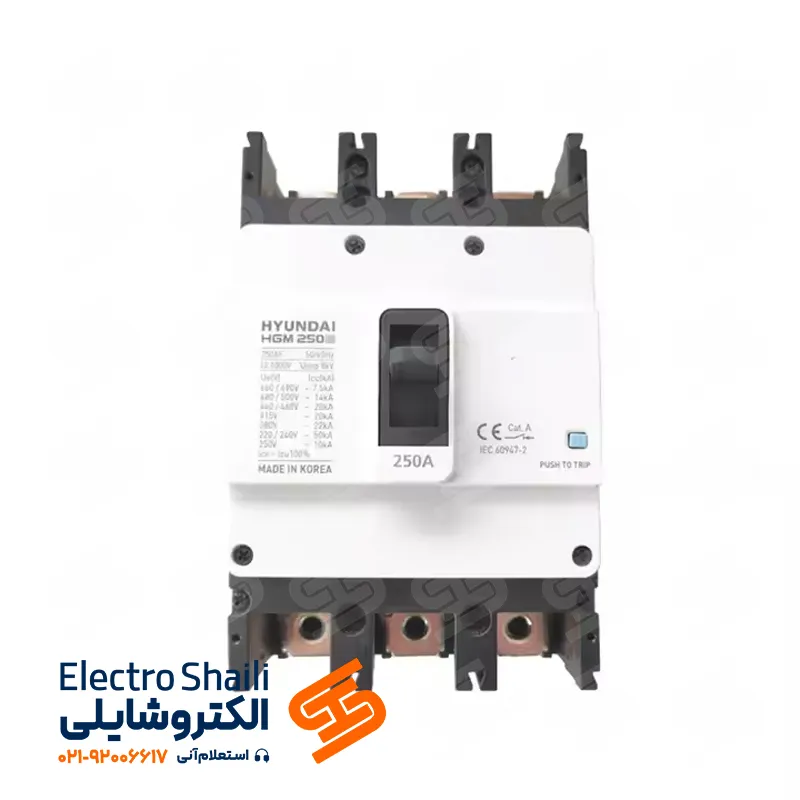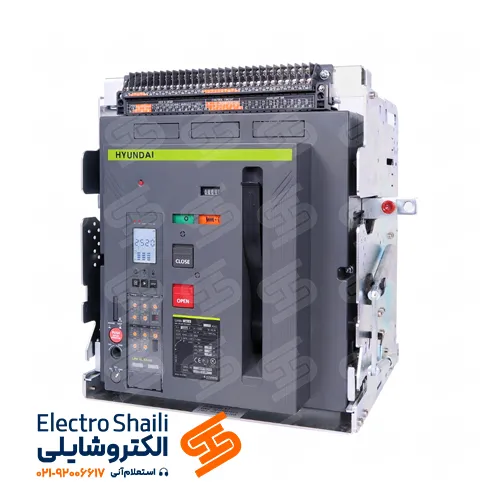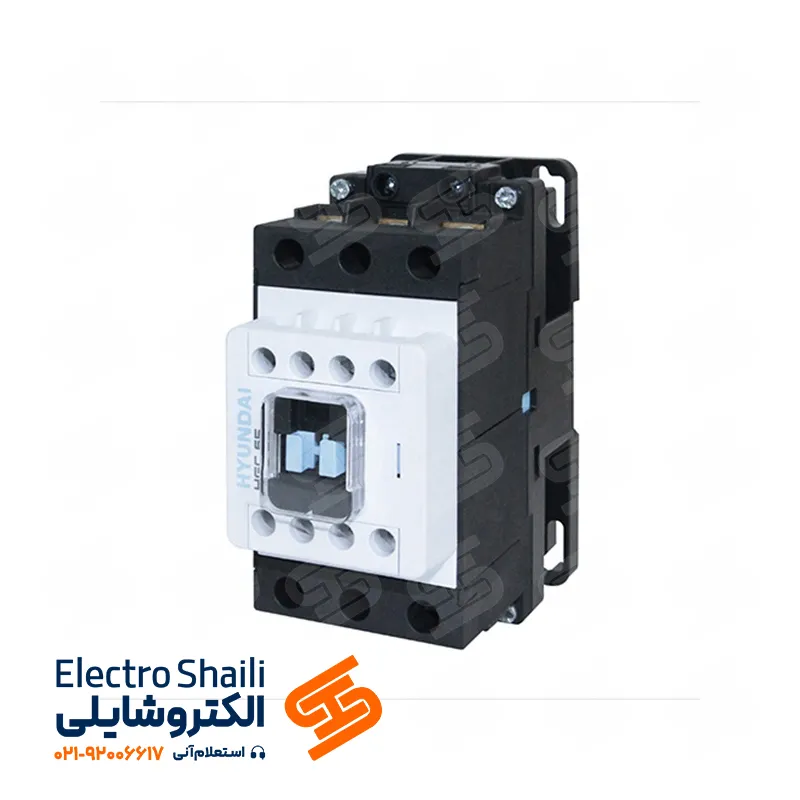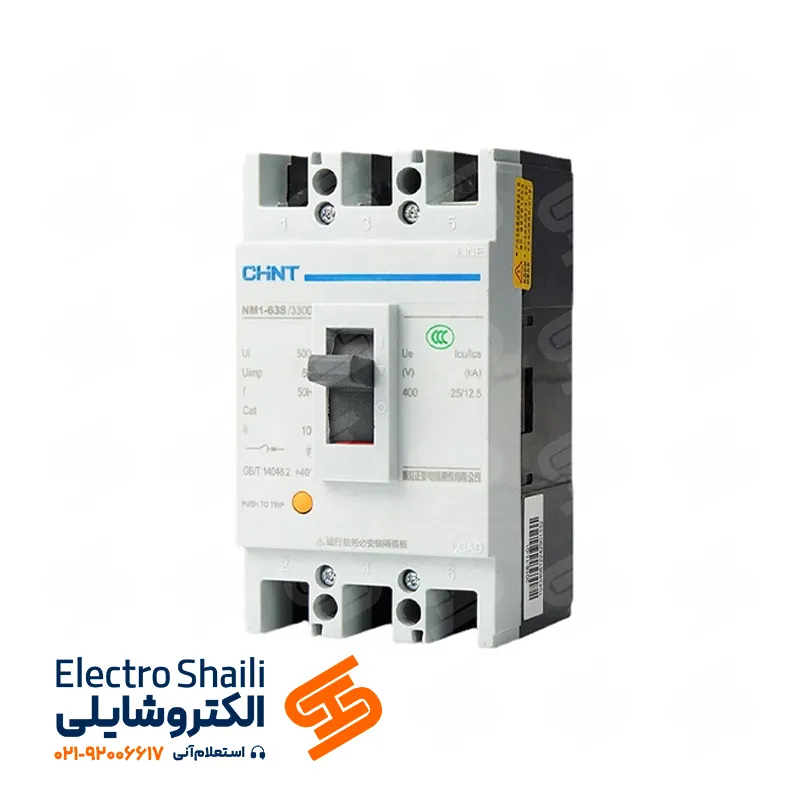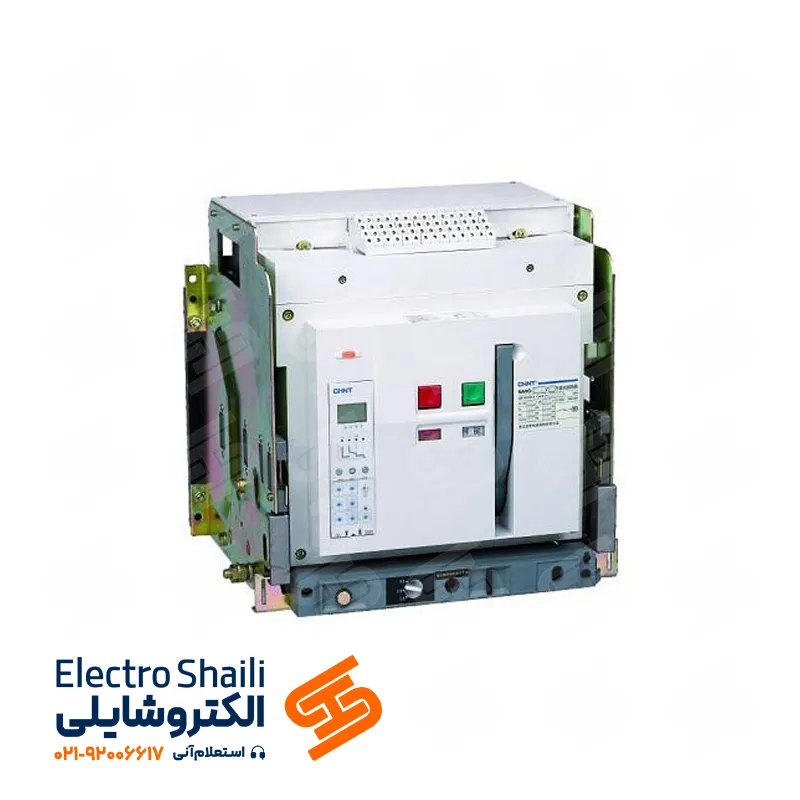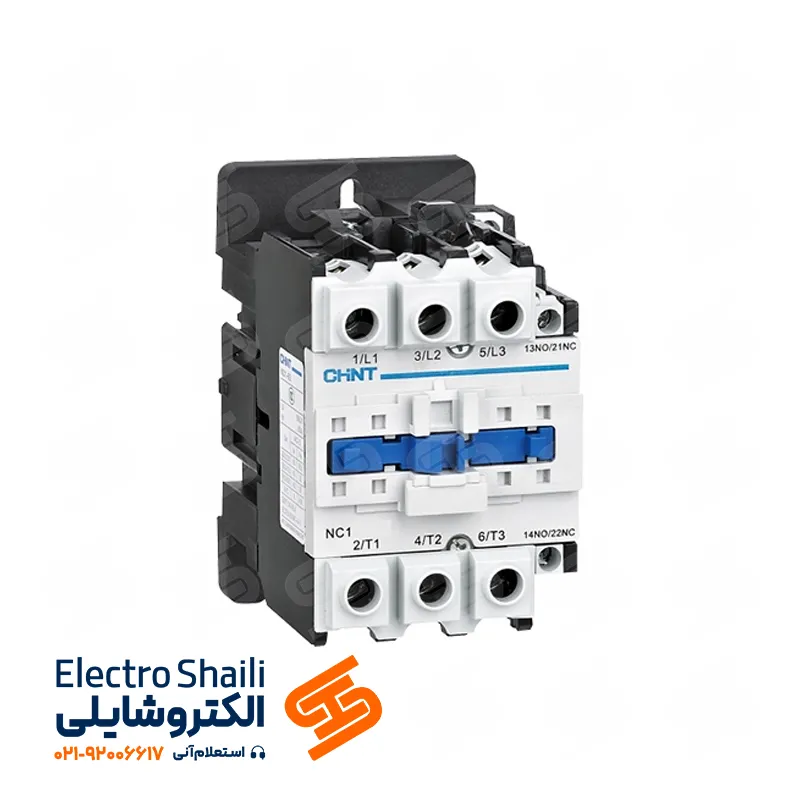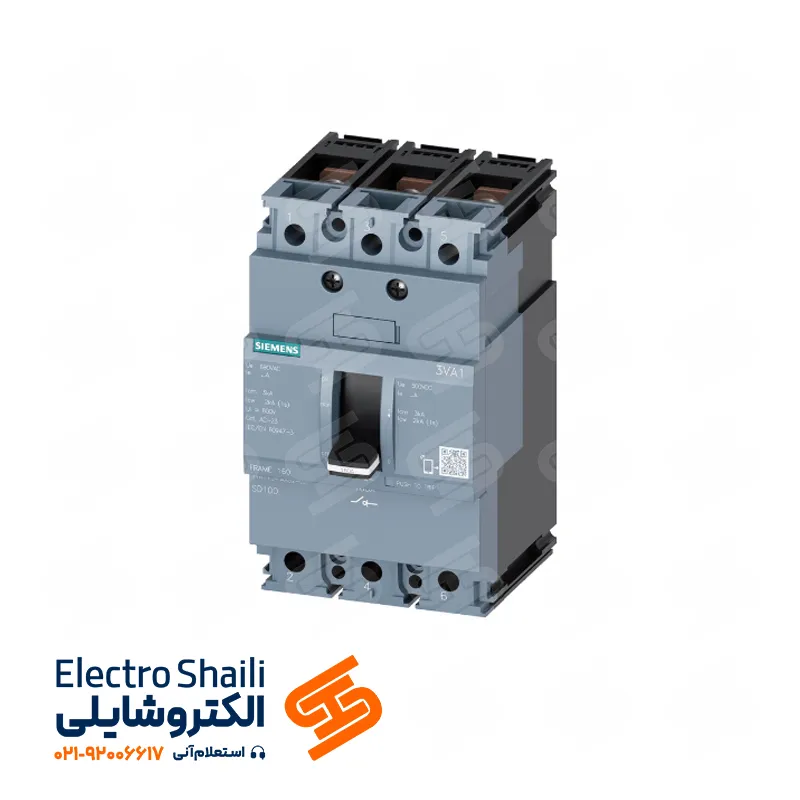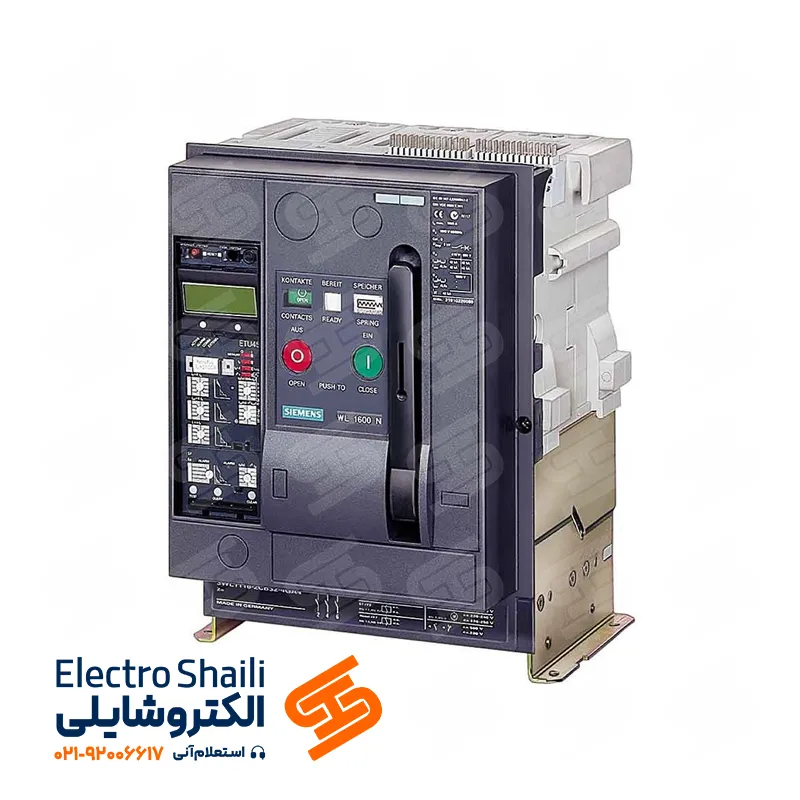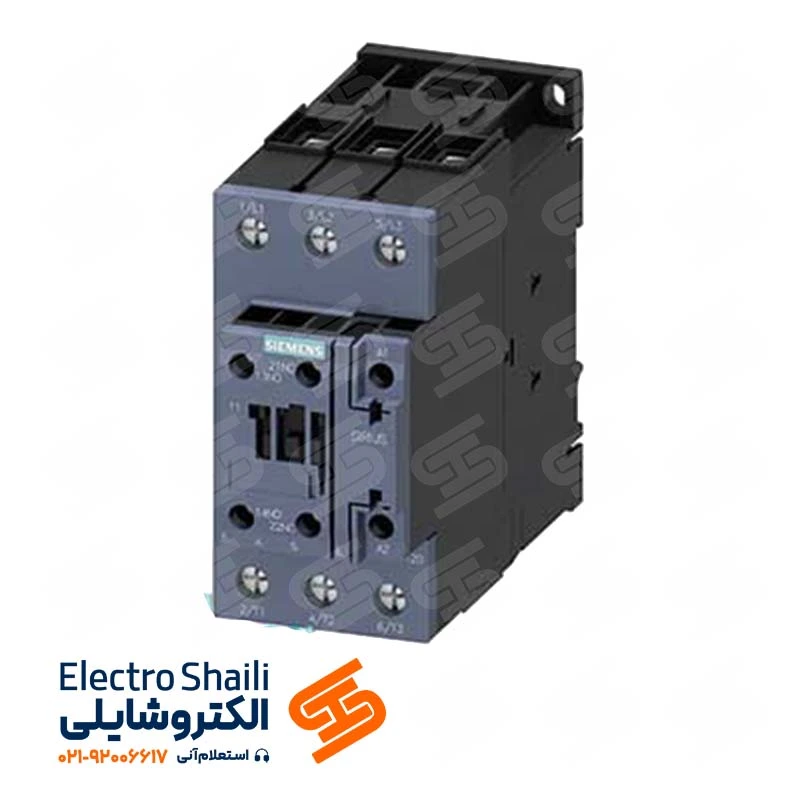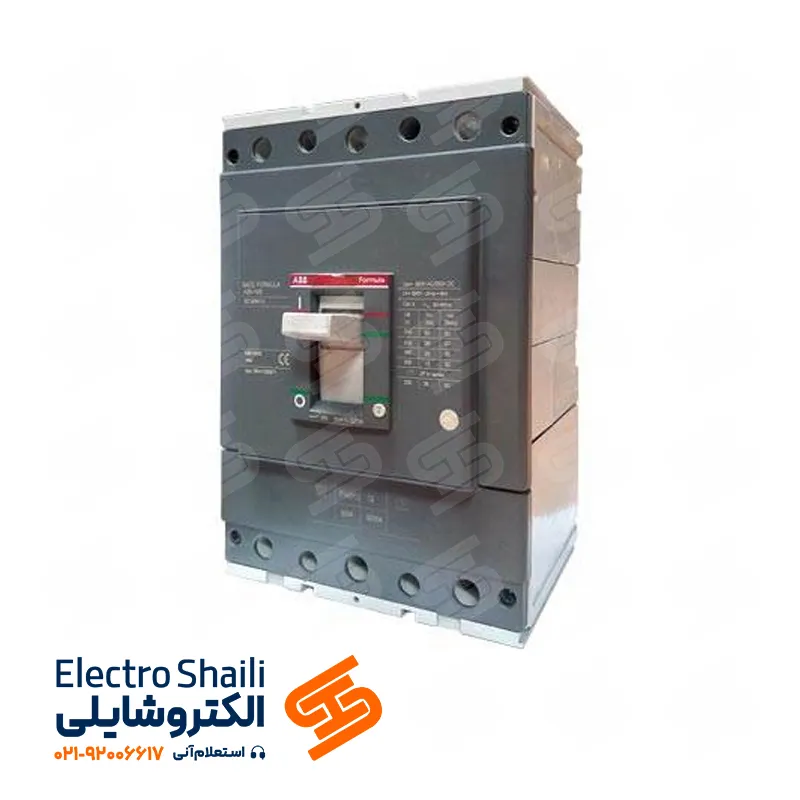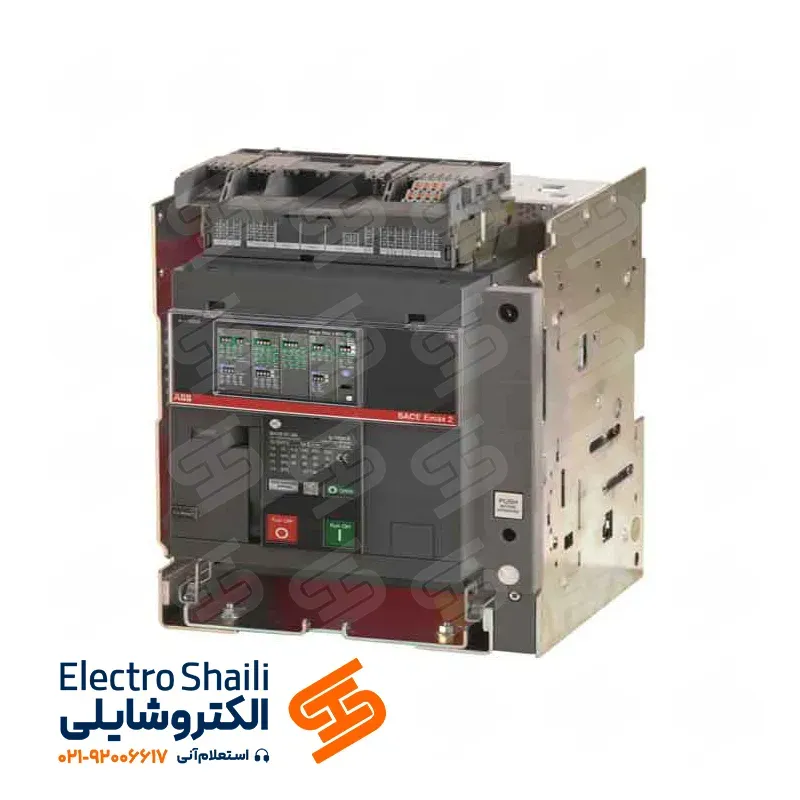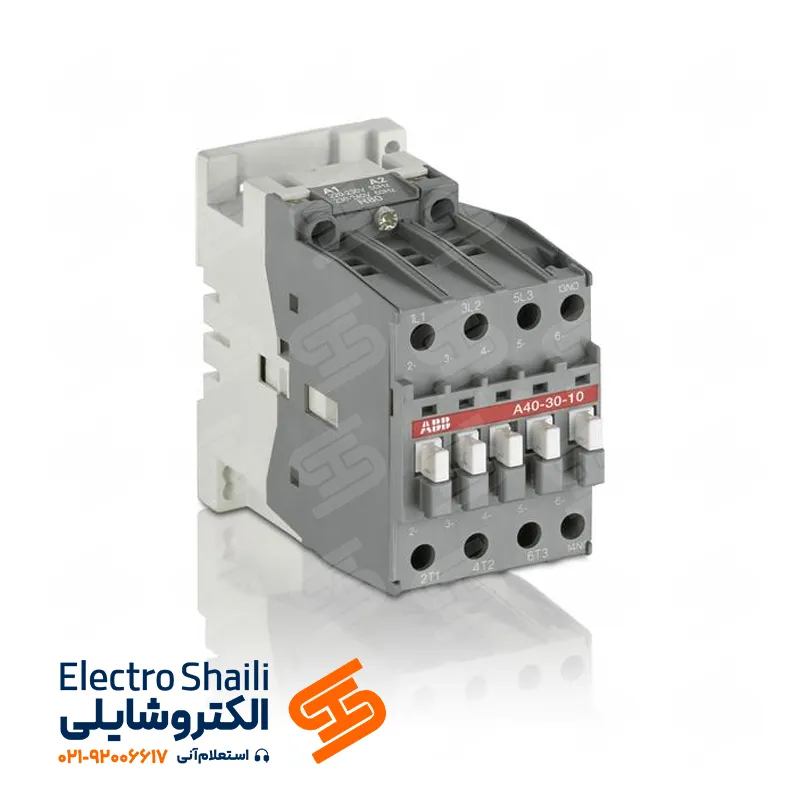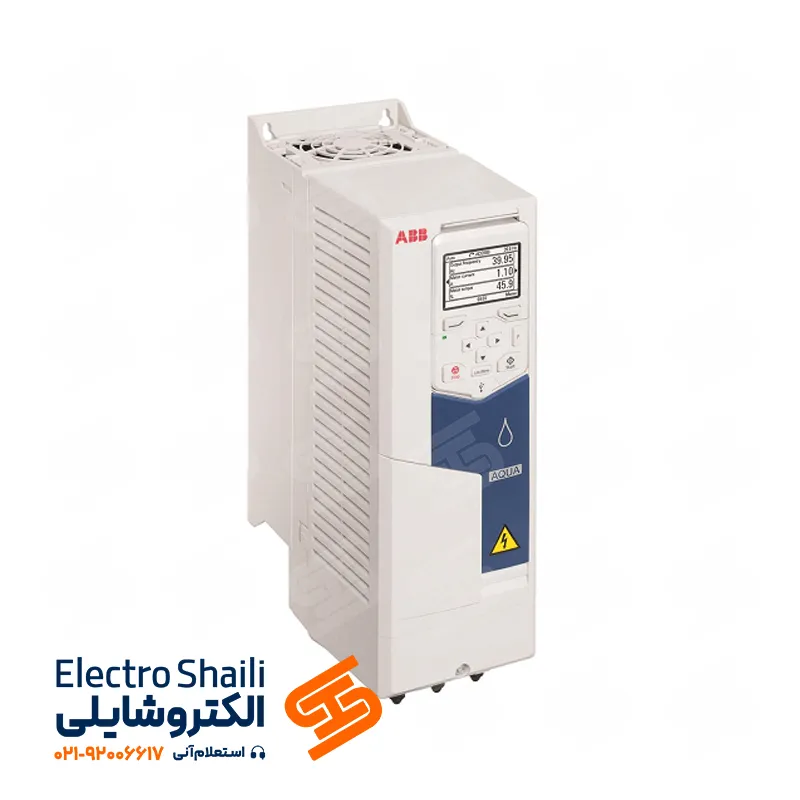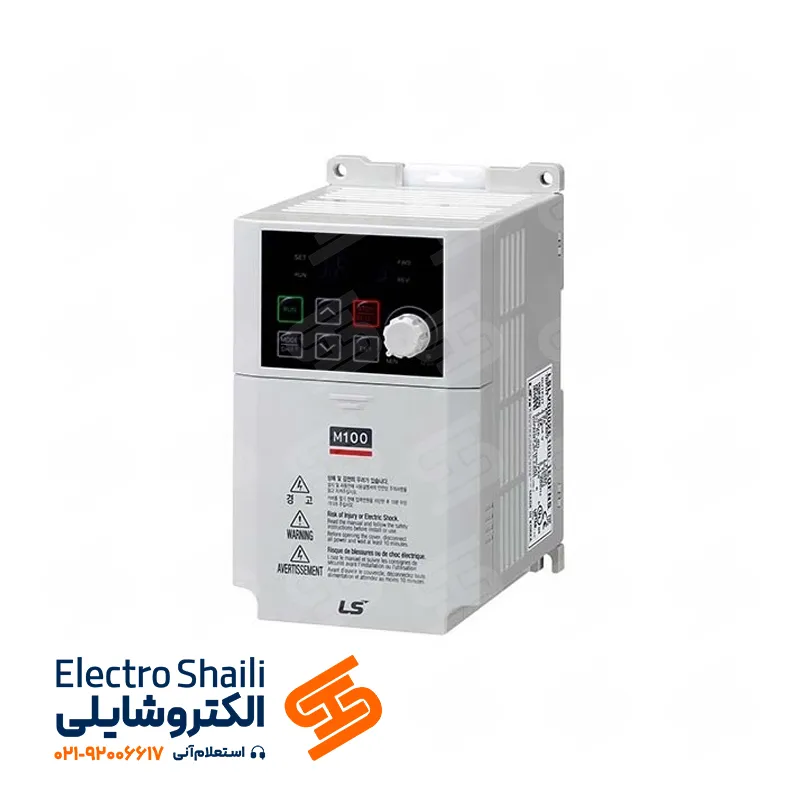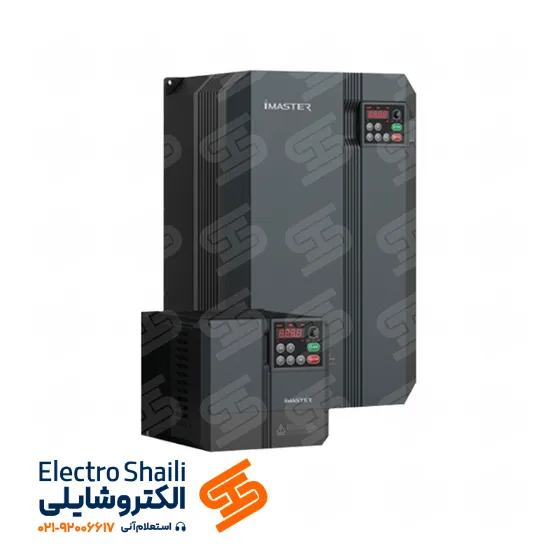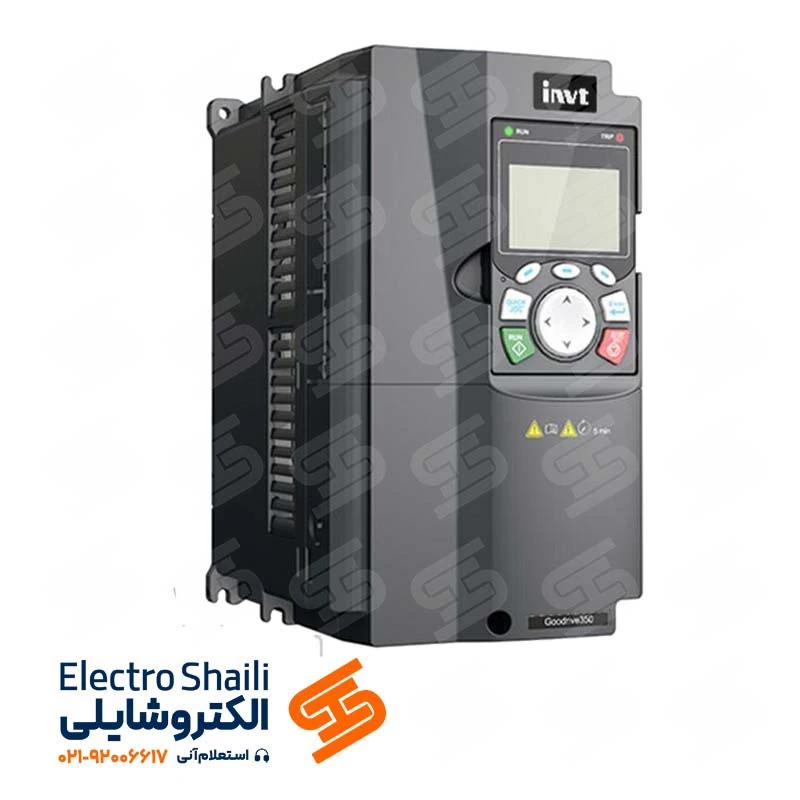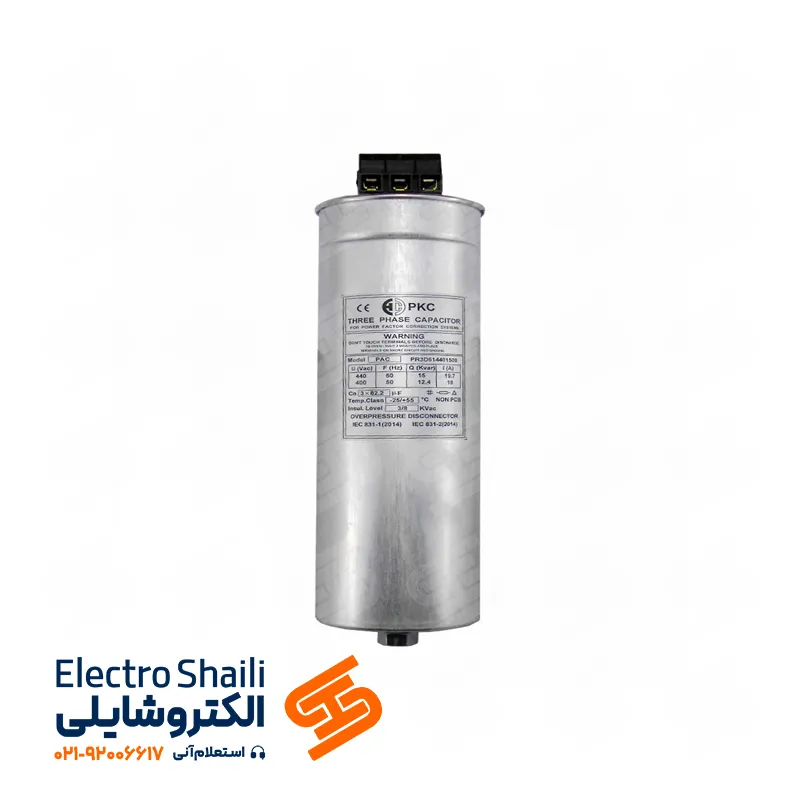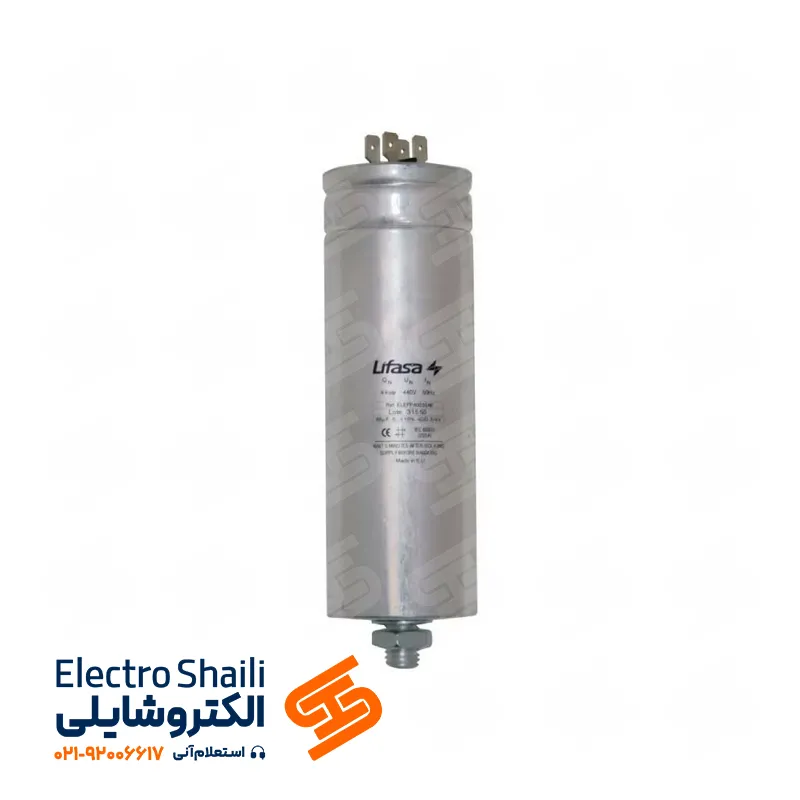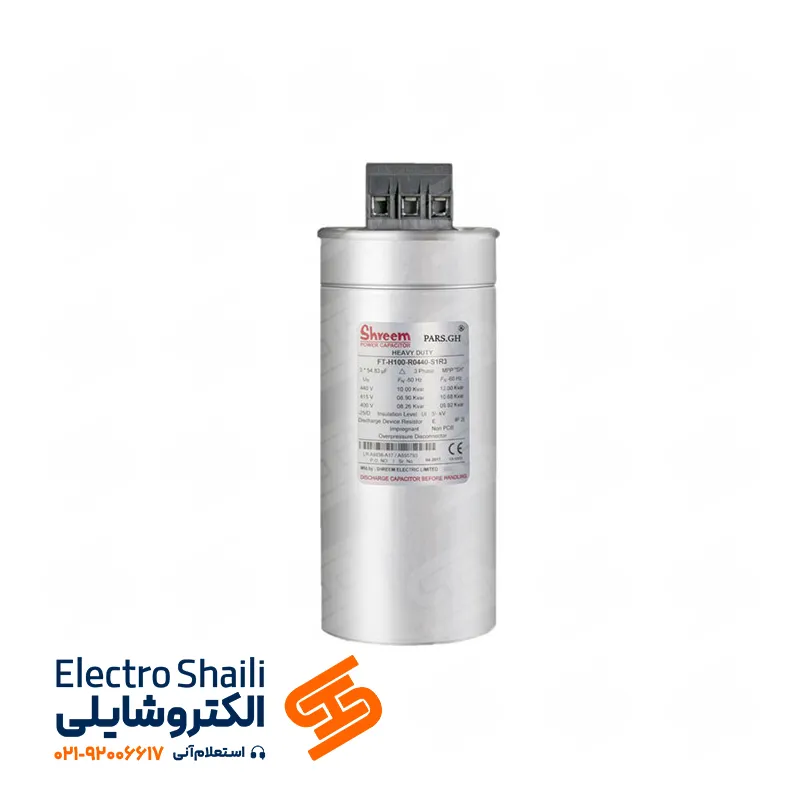Siemens Air Circuit Breaker
The Siemens Air Circuit Breaker (ACB) is an abbreviation for “Air Circuit Breaker.” This air circuit breaker serves as a power interrupter and is used as one of the essential components in power distribution systems in industries, buildings, and power distribution stations.
This air circuit breaker is used for interrupting and connecting electric current in high-voltage and high-current electrical circuits. Due to its long lifespan, precise control capability, and high stability in power supply, it has become one of the most popular and widely used components in the electrical industry.
The Siemens ACB has the capability to interrupt high-power electric currents and provides protection against electric shocks and voltage fluctuations. Additionally, this air circuit breaker, due to its specific structure, has the ability to distribute electrical loads.
This air circuit breaker is employed in high-voltage power distribution circuits and can interrupt electric currents in case of faults or defects in the system. Furthermore, this air circuit breaker has monitoring capabilities for power consumption, amperage, and voltage, enhancing the safety and efficiency of the power distribution system.
Among other features of the Siemens ACB, quick and simple replacement, various shapes based on customer needs, high resistance to heat, and environmental protection can be mentioned.
Siemens Air Circuit Breaker Series
Siemens Air Circuit Breaker Series 3WL
Siemens 3WL series air circuit breakers are available in four different sizes, each comprising 3 and 4 pole designs, covering a power range from 630 amps to 6300 amps. Their modular portfolio allows easy assembly and subsequent adjustments.
Siemens 3WL series air circuit breakers – versatile and flexible – offer five power levels concerning short-circuit capability for all applications. They are available as circuit breakers and non-automatic circuit breakers in the AC version and as a circuit breaker in the DC version for electronic trip units. Modules can be specifically configured for post-installation, using various connection options for input and output modules. High safety standards are maintained due to robust hardware protection and signed firmware.
Advantages
Space-Efficient
Siemens 3WL1 series air circuit breakers require minimal space.
Size I devices (up to 2000 amps) fit within a 400-millimeter switchboard panel width.
Size III devices (up to 6300 amps) are the smallest in their category and fit within an 800-millimeter switchboard panel width with a width of 704 millimeters.
High numbers of electrical and mechanical operating cycles and Icw(1s) values, usually aligned with Icu and Ics values of switching devices, allow for use in any application.
Modular Design:
Components such as auxiliary releases, motor-operated mechanisms, electronic trip unit modules, current sensors, auxiliary circuit breaker switches, automatic adjustment devices, mid-position locks, and operating mechanisms can be exchanged or updated in later stages. This allows for the adjustment of circuit breaker trips based on new and variable requirements.
All primary contact components can be replaced to increase the circuit breaker’s service life.
Installable Modules for Electronic Trip Units:
Modularity is a key feature of Siemens 3WL1 air circuit breakers.
LCDs, ground fault modules, score plug-ins, and communication modules for electronic trip units are readily available for quick and easy installation and adaptation.
Communicative/Measuring Functions:
The use of modern communicative circuit breakers provides new capabilities in commissioning, parameterization, detection, maintenance, and operations.
This brings various capabilities for cost reduction and efficiency improvement in industrial plants, buildings, and infrastructure projects:
Quick and reliable parameterization
Timely information and response to prevent factory shutdowns
Effective diagnostic management
Basic measurement values for thin efficiency management, creating power demand charts, and allocating energy to cost centers
Preventive maintenance to avoid costly plant losses
A measurement function with a broad range of measurement values such as current, voltage, energy, and power.
Applicable in 690-volt networks
Application:
As input, distribution, busbar, and output feed circuit breakers in electrical installations.
For switching and protecting motors, capacitors, generators, transformers, busbars, and cables.
Integration with Electronic System and Control:
Air circuit breakers belong to the SENTRON family of protection, switching, measuring, and monitoring devices and can be used in the range of 16 to 6300 amps.
Siemens 3WA Series Air Circuit Breaker
Siemens 3WA series air circuit breakers, as feed-in, busbar, and feed-out circuit breakers in electrical installations in industries, buildings, and infrastructure projects. These circuit breakers reliably protect systems and machinery from damage, offering resistance, superior quality, and intelligent protective functions to prevent system shutdowns, long-term stops, and associated costs. With modular communication options, they can be integrated into electronic control systems, maintenance, and energy management.
With three sizes for AC applications and one size for DC applications, the 3WA air circuit breaker covers a power range from 630 amps to 6300 amps. They are available in 3 and 4 pole versions. Simple and interactive tools and functional packages significantly reduce planning and selection complexity. Based on the current IEC 60947-1/-2 standards, the 3WA air circuit breakers can be used globally.
Siemens 3WJ Series Air Circuit Breaker
The Siemens Sinova 3WJ air circuit breakers offer a comprehensive set of protective features for the safe and reliable distribution of low-voltage energy. Designed to meet the latest international standards, these circuit breakers provide an efficient and economical solution for infrastructures, buildings, public facilities, and industrial applications.
Air Circuit Breaker (ACB):
The Air Circuit Breaker (ACB) is a power breaker used to interrupt and connect electrical current in circuits with high voltage and strong currents. It is employed as one of the main components in power distribution systems in industries, buildings, and power distribution stations.
The ACB uses air as a pressure medium, enabling it to interrupt electrical current with high power. It provides protection against electrical shock and voltage fluctuations. Additionally, this air circuit breaker, with its unique structure, has the capability to distribute electrical loads.
The ACB allows for adjusting current, voltage, load status, and precise control of electrical current. It also features monitoring capabilities for power consumption and protection against environmental impacts, contributing to increased security and efficiency of the power distribution system.
Other features of the ACB include the ability for quick and simple replacement, various shapes based on customer needs, and high resistance to heat.
The Role of Air Circuit Breaker (ACB): The Air Circuit Breaker (ACB) plays a crucial role in managing and controlling electrical connections and ensuring the safety of the power system within electrical panels. These breakers find application in power networks, industrial setups, buildings, as well as power generation and distribution systems.
The responsibilities of the ACB within an electrical panel include:
- Interrupting and Connecting Electrical Connections: These breakers facilitate control and management of electrical connections in the power system by interrupting and connecting electrical currents.
- Protection of the Power System: ACBs ensure the safety of electrical equipment and prevent electrical accidents by disconnecting the current in case of faults and abnormalities within the system.
- Control of Electrical Circuits: Acting as a reliable controller for electrical circuits, ACBs have the ability to adjust output current and voltage.
- Monitoring Electrical Equipment: With the capability to measure and monitor current, voltage, and power in the power system, ACBs assist in proactive detection of issues, fault diagnosis, and the execution of repairs and maintenance on electrical equipment.
- Load Management: ACBs intelligently contribute to load management by efficiently handling the transfer and distribution of loads within the power system.
Components of Air Circuit Breaker (ACB): An Air Circuit Breaker (ACB) is a complex electrical device composed of various components. Some of the main components of the ACB include:
- Drive Motor: This part is responsible for moving the components of the ACB. The drive motor operates automatically and can control the position of the ACB.
- Contactors: Contactors are used to interrupt and connect electrical currents in the circuit. Similar to switch keys, contactors are pressed to open or close the circuit.
- Capacitors: Capacitors are used to improve the power factor correction in the circuit. By reducing the frequency of excessive electrical currents, capacitors enhance the power quality and improve the power factor in the system.
- Thermal Protector: This part is responsible for controlling the temperature of the ACB. If the temperature of the ACB exceeds the permissible limit, the thermal protector prevents the ACB from malfunctioning.
- Motion Protector: Designed to prevent uncontrolled movement of the ACB in case of a fault, the motion protector ensures that the movement of the ACB is interrupted in case of an error.
Structure of Siemens Air Circuit Breaker (ACB): The Siemens Air Circuit Breaker (ACB) consists of several main parts, including:
- Body: The main section of the air circuit breaker, which comprises a box where other sections are connected using screws or self-tapping screws.
- Breaking and Closing Unit: This unit includes a drive motor that compresses strong pressure springs. It also has a driving system and a power transmission mechanism. By user command, the breaking and closing unit disconnects or connects the circuit using this component.
- Cooling System Unit: The purpose of this section is to prevent an increase in temperature within the air circuit breaker. In the cooling system unit, air is directed inside the air circuit breaker through a cooling fan, providing cooling for the components.
- Current Transfer System Unit: The goal of this section is to transfer electrical current to other parts of the air circuit breaker. This unit includes wires, conductors, joints, and adjustable screws.
- Control and Monitoring System Unit: With this unit, users can control and monitor the status of the air circuit breaker. This unit includes a control panel with various buttons and an electronic display.
History of Siemens Company:
Siemens is a German multinational company that operates in the field of manufacturing electronic and electrical products. The company was founded in 1847 by Mr. Werner von Siemens in the city of Berlin. Initially, Siemens began its operations by producing clocks and measuring devices.
In the 1880s, Siemens entered the electrical industry, and with the development of technology for producing power generators and electricity, it became one of the largest manufacturers of electrical equipment in the world. In the 1950s, Siemens transformed into a diversified and multi-industrial company by introducing new products such as computers, color televisions, and industrial control systems.
In the subsequent years, Siemens evolved into a multinational corporation with global activities by producing advanced products in the fields of oil and gas, healthcare, automotive, and renewable energy. Today, Siemens is considered one of the largest electronic and electrical companies globally, with over 370,000 employees and sales in more than 200 countries.
Throughout its history, Siemens has faced successes and enjoyed advanced technologies. In the 1960s, Siemens gained recognition as one of the largest producers of semiconductor materials. In the 1980s, Siemens transformed into a major player in the technology communication industry by producing various mobile phone products and related software.
Overall, Siemens, throughout its history, has transformed into one of the world’s largest industrial companies, focusing on research and development, technological advancements, and the production of advanced products. Today, Siemens operates in over 200 countries and is active in various sectors such as electrical and electronic industries, medical equipment, transportation systems, energy transmission lines, and more. Siemens is currently one of the largest companies globally, with annual sales exceeding 90 billion euros and various divisions, including power grids, oil and gas, automotive, railways, communications, and more.
Advantages of Using Siemens Air Circuit Breaker (ACB):
Using Siemens Air Circuit Breaker (ACB) for power systems can have numerous advantages. Some of these advantages include:
1. High Safety: Siemens Air Circuit Breaker is equipped with an exceptional safety system recognized as a protective system for electrical equipment. This air circuit breaker is designed to protect against short circuits, increased current, abnormal voltage, and other electrical hazards.
2. Adjustable Capability: Siemens Air Circuit Breaker, as a power device, has the capability to adjust current, voltage, and protection. This adjustable feature ensures the protection of electrical equipment against abnormal currents and enables automatic disconnection.
3. Long Life: Due to advanced technology, Siemens Air Circuit Breaker has a long lifespan. This air circuit breaker has a high service life, allowing for continuous and prolonged usage.
4. Reliability: Siemens Air Circuit Breaker has high reliability due to the use of advanced technology. It comes with pre-fault warning capability and operates automatically in case of a danger.
5. Control and Monitoring Capability: Siemens Air Circuit Breaker is continuously managed through a control and monitoring system. This capability allows managers to
Comparison of Siemens and LS Air Circuit Breakers:
Siemens and LS (L&S) are two types of air circuit breakers for power systems. To compare these two types of breakers, we need to examine the advantages and disadvantages of each.
Advantages of Siemens Air Circuit Breaker:
1. High Safety
2. Adjustable Capability
3. Long Life
4. Reliability
5. Control and Monitoring Capability
Advantages of LS Air Circuit Breaker:
1. Lower Price
2. Easier Access to Spare Parts
3. System Expandability Based on Needs
Considering these advantages, it can be said that if there is a need for an air circuit breaker with high performance and high reliability, Siemens Air Circuit Breaker is the better option. However, if the most important factors for you are price and easy access to spare parts, LS Air Circuit Breaker could be a suitable choice.
In any case, it is recommended to carefully examine the needs and specifications of the intended system before choosing an air circuit breaker and, based on that, select a suitable option.
ElectroShahli is the premier supplier of industrial electrical equipment and automation.

